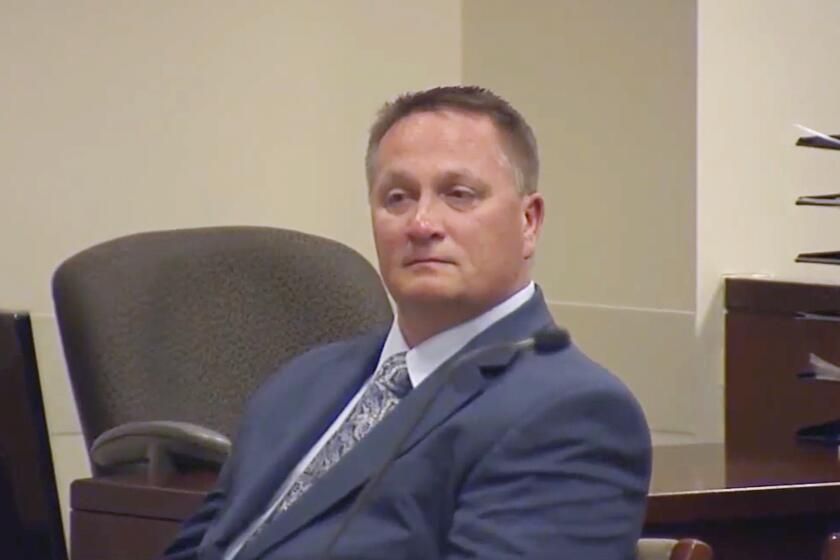Coin Investment Nets Ohio a Scandal
What started as an unusual investment in rare coins by the state of Ohio -- including the purchase of nickels, dimes and pennies dating to the 1700s -- has exploded into a political and legal scandal.
On Friday, James Conrad, the director of Ohio’s workers’ compensation bureau, resigned after authorities learned that as much as $13 million of the state’s $55.4-million investment might be missing.
Conrad, once dubbed “Mr. Fixit” for his reputation of turning around troubled programs, said he was voluntarily resigning over the scandal.
The bureau, which assists workers in Ohio who are hurt on the job, began investing in rare coins several years ago as a way to hedge its stock and bond holdings.
“The last thing I want to do is distract from the outstanding progress we have made together over the years,” Conrad said in a statement.
State officials said they planned to file civil and criminal charges against the man who managed the investment, private coin dealer and wealthy Republican donor Tom Noe.
Noe and his wife, Bernadette, reportedly have contributed tens of thousands of dollars to state GOP candidates, as well as to five of Ohio’s seven Supreme Court justices and to President Bush’s reelection campaign.
A judge recently ordered the return to Ohio of coins stored in four other states. And officials with the state attorney’s office said Friday that they were seeking to freeze the Noes’ assets.
“I am outraged,” said Gov. Robert A. Taft, adding that the state would “pursue all legal avenues possible to recover these funds for injured workers and employers.”
The investigation reached into the governor’s office this week, when the state inspector general began compiling e-mail and telephone records from four current and former Taft employees who reportedly had accepted gifts from Noe.
In 1998, Noe pitched officials who managed the bureau’s investment portfolio with the idea of buying and selling coins. The holdings included a 16th century silver piece worth about $2 million, as well as gold and silver coins from the U.S. and overseas.
“The thinking was this wasn’t that much money compared to the overall portfolio, which was about $18 billion at the time,” said Jeremy Jackson, a spokesman for the Bureau of Workers’ Compensation. “It was spare change, if you will.”
Currency collectors said publicly held funds usually shunned such investment strategies because they were considered too risky.
The state’s inspector general began looking into the investment after the Toledo Blade newspaper published an article in April that said two gold coins worth about $300,000 reportedly had been lost in the mail in 2003.
By early this month, investigators found that as many as 121 coins were missing from storage and inventory facilities in Colorado, Florida, Pennsylvania, Delaware and Ohio.
“We’re still not sure how much the shortfall will be, but we’ve determined it’s greater than $10 million,” said attorney Bill Wilkinson, who represents Noe. “Our best estimate is that it’s between $12 million and $13 million.”
The FBI also is investigating allegations that Noe violated federal campaign financing laws by giving money to people who then donated it to Bush’s reelection.
More to Read
Start your day right
Sign up for Essential California for news, features and recommendations from the L.A. Times and beyond in your inbox six days a week.
You may occasionally receive promotional content from the Los Angeles Times.






